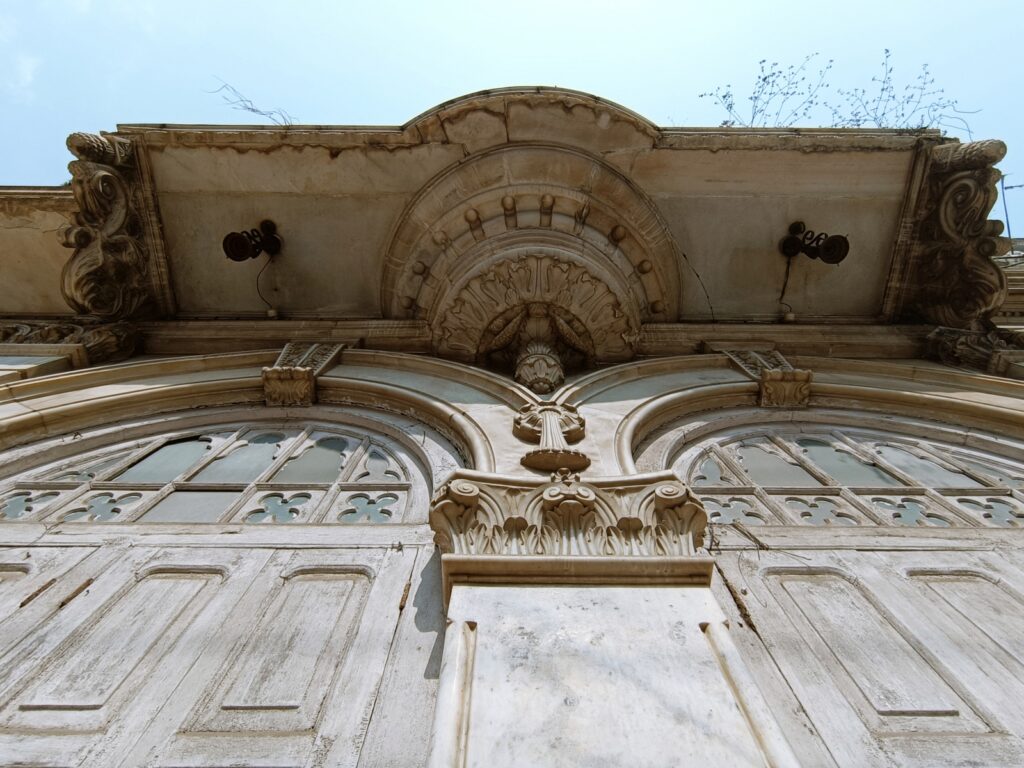Indore’s Kanch Mandir is a unique glass temple
Different layers of history spanning the ninth to eighteenth centuries lurk behind the new-age streets of Indore. I drove through the overcrowded passages of Juni Indore, laced with ancient but unique residences, to lay bare the historical treasures of this city that owes its name to Lord Indra. Kanch Mandir, the glass temple built by Sir Seth Hukum Chand Jain, the erstwhile Cotton Prince of India, is located on Hukumchand Marg, one of Itwaria Bazaar’s busiest byroads.
Sir Seth Hukum Chand Jain was viewed as the prominent leader of the Indian industry for about half a decade. A success he built with a few lakhs he inherited from his grandfather Seth Pusaji, who settled in Indore in 1787 under the Maratha monarchy’s kindness. He was awarded the gallantry title of ‘Sir’ in 1919. In 1903, Seth Hukum Chand pitched Shish Mahal, a house near Kanch Mandir (The Temple of Glass), both of which are made of beautiful white stone.

Kanch Mandir looks like a mediaeval palace from the outside, with a spire and canopied balconies. Thousands of glass panels and mosaics cover the temple floor, ceilings, columns, and walls on the inside. Multi-coloured glass and mirrors were a notable breakthrough at the period, and they were used to imitate ancient Jain forms. Several palanquins made of pure gold and silver may be found in the first room.

The great Garbhagriha, which stands in front of the first room, is flanked on both sides by mirrors, which reflect limitless pictures of the god. Kanch Mandir depicts Jain mythology such as Ashta-karma, Sapta-Vyasa, and others.
This temple is a spiritually significant location for Jain processions. Sugandh Dashami and Kshamavani are the most incredible times to visit Kanch Mandir because unique Mandalas are created with multi-coloured rice powder.







